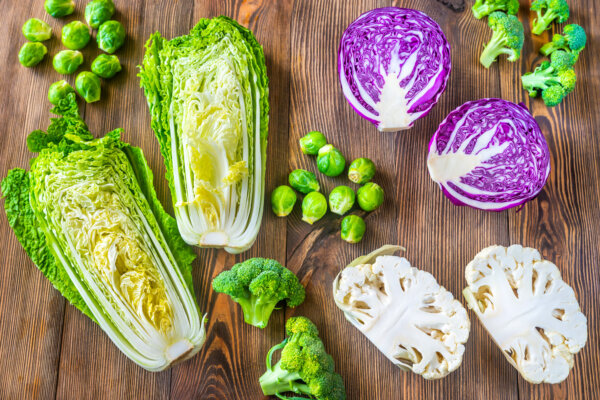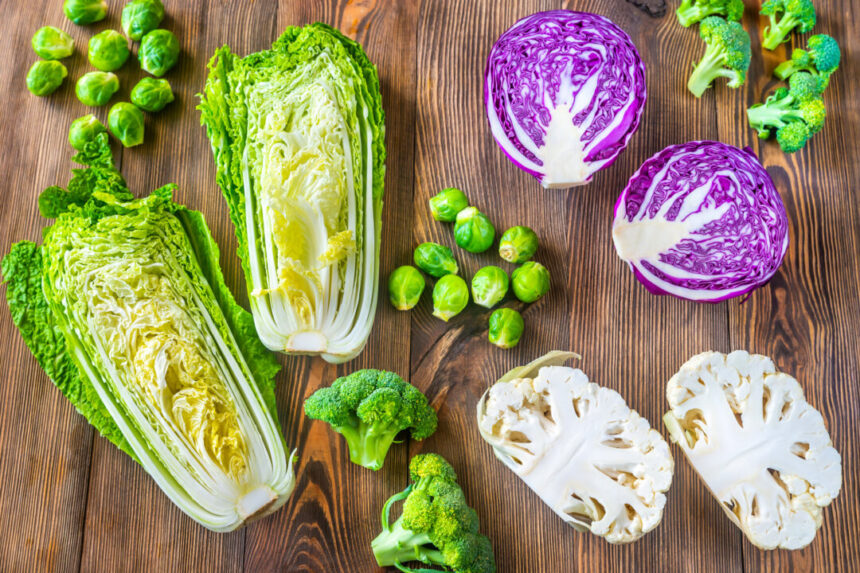
Consuming cruciferous vegetables like broccoli and cauliflower, as well as root and squash vegetables such as carrots and pumpkin, may lead to a decrease in blood pressure levels.
High blood pressure affects nearly 120 million Americans, which is approximately half of the adult population in the United States. This condition can have serious consequences, including an increased risk of heart attack and stroke.
A recent study conducted by researchers from Edith Cowan University (ECU) in Australia revealed that cruciferous vegetables like broccoli, cabbage, kale, and cauliflower can significantly lower blood pressure in middle-aged and older individuals with hypertension. This effect was even more pronounced compared to other vegetables known for their ability to maintain healthy blood pressure levels.
Overview of the Study
The study involved a randomized, controlled crossover trial where participants consumed four servings of cruciferous or root and squash vegetables (e.g., carrots, potatoes, pumpkins) daily for six weeks. The participants underwent two 2-week dietary interventions with a 2-week break in between to evaluate the impact of incorporating these vegetables on blood pressure levels.
The results showed a reduction of 2.5 millimeters of mercury in blood pressure among participants who included cruciferous vegetables in their diet. This reduction could potentially translate to a 5 percent decreased risk of heart attack or stroke, as stated by the researchers.
Mechanism of Action
According to Emma Connolly, a study author and ECU doctoral candidate, compounds called glucosinolates found in cruciferous vegetables have been linked to lowering blood pressure in animals. These vegetables also contain other beneficial components like nitrate and vitamin K, which likely contribute to their blood pressure-lowering effects in humans.
Previous observational studies have indicated that cruciferous vegetables have a stronger association with reducing the risk of heart disease compared to other types of vegetables.
Despite their health benefits, cruciferous vegetables are among the least consumed vegetables in Australia. Lauren Blekkenhorst, an ECU National Health and Medical Research Council emerging leader, highlighted the importance of increasing vegetable intake to reduce the risk of heart disease.
Decline in Vegetable Intake
Global vegetable intake is currently 40 percent below the recommended minimum of two servings per day, according to data from the Global Dietary Database. This trend is reflected in Australia, where fewer than 1 in 15 adults meet the recommended vegetable intake levels.
By increasing the consumption of cruciferous vegetables, individuals can potentially lower their blood pressure and decrease the risk of developing heart disease later in life. It is recommended to include these vegetables in the diet most days of the week to maximize their benefits.
Practical Tips for Dietary Incorporation
Sotiria Everett, a registered dietitian and clinical assistant professor, suggests incorporating cruciferous vegetables in various ways, both cooked and raw, to enjoy their health benefits. Cooking methods like steaming or sautéing are preferred to retain the nutrients in these vegetables.
Managing Digestive Issues
For individuals experiencing digestive issues with cruciferous vegetables, Lauren Whitman, a registered dietitian nutritionist, recommends strategies such as cooking the vegetables in different ways, chewing thoroughly, and gradually increasing intake to improve tolerance.
By making simple swaps and additions to meals, such as adding Brussels sprouts, broccoli, cauliflower, kale, spinach, and cabbage, individuals can easily incorporate more cruciferous vegetables into their daily diet.






